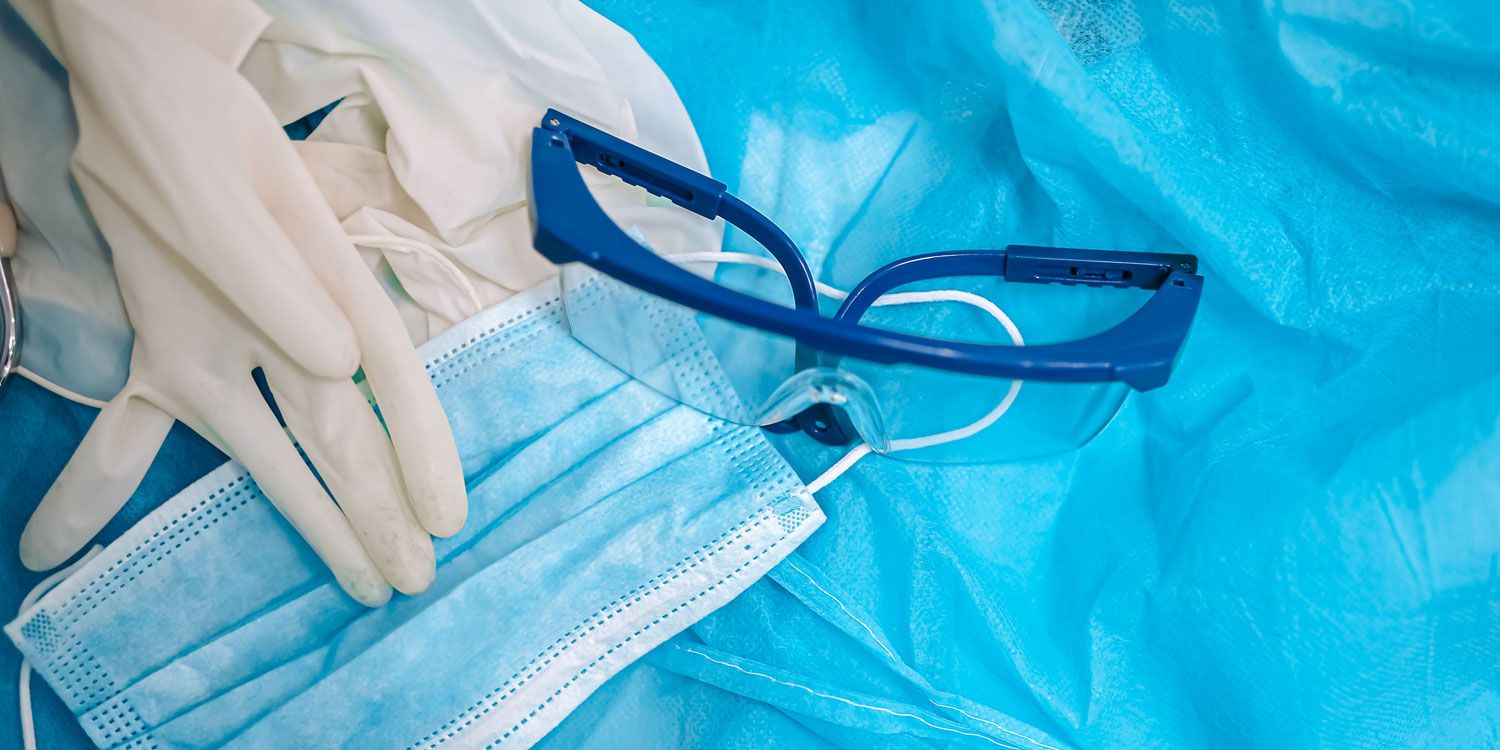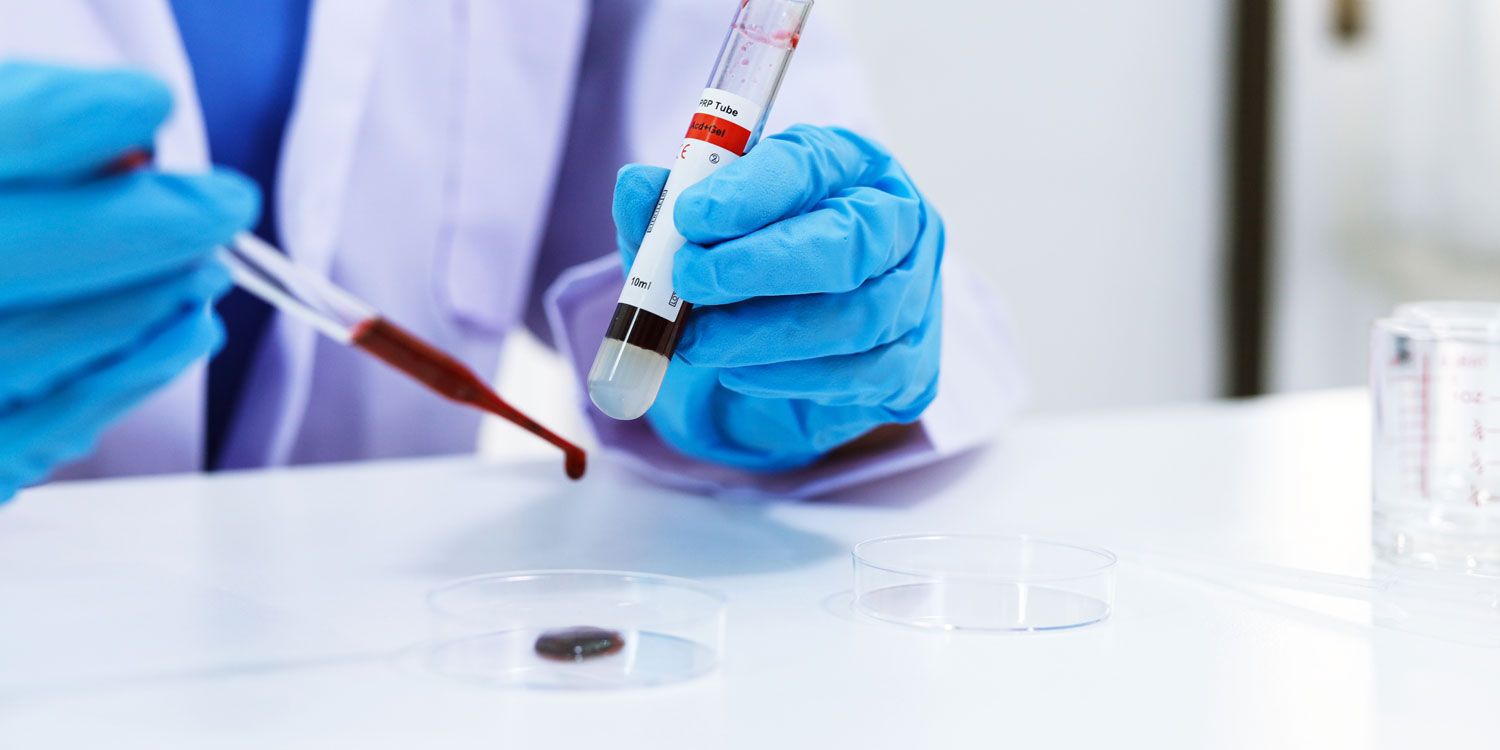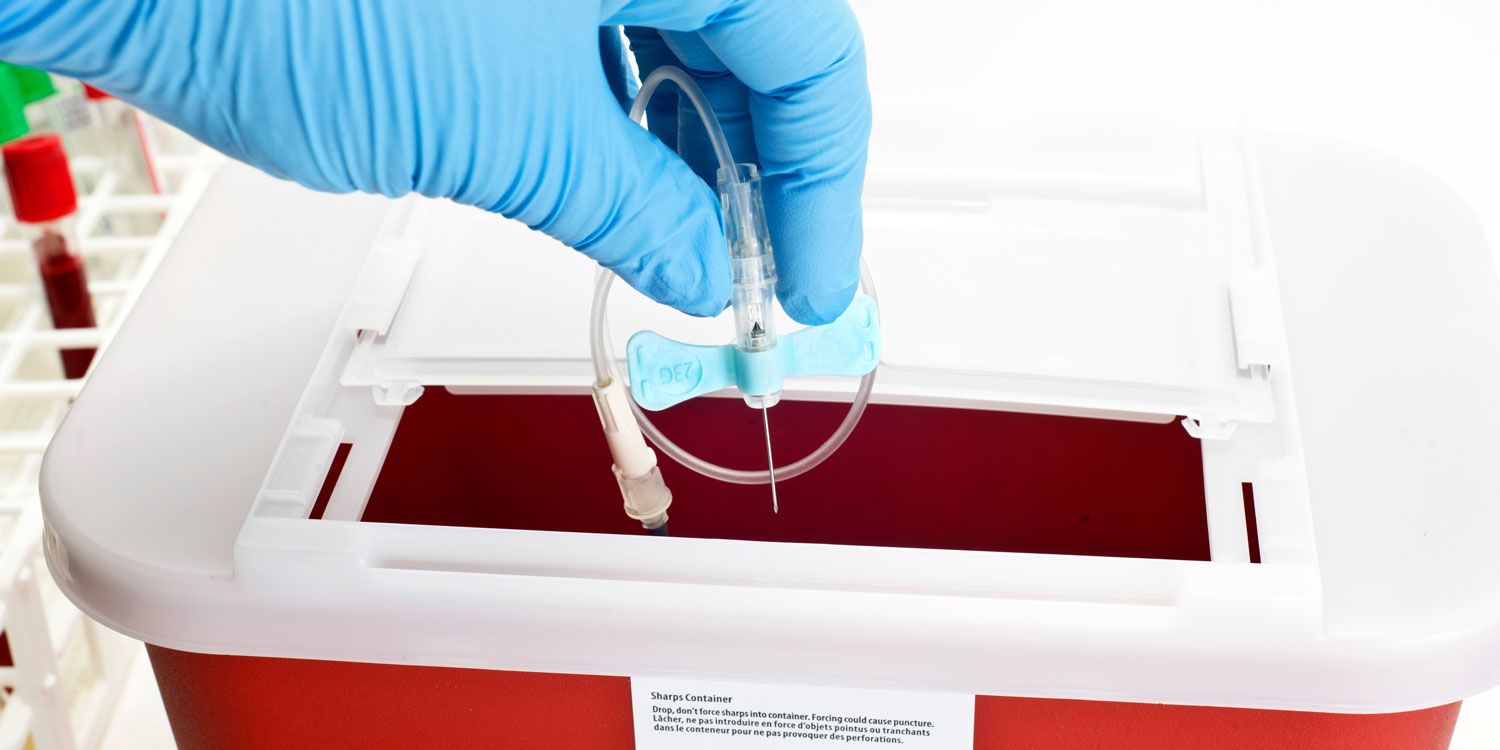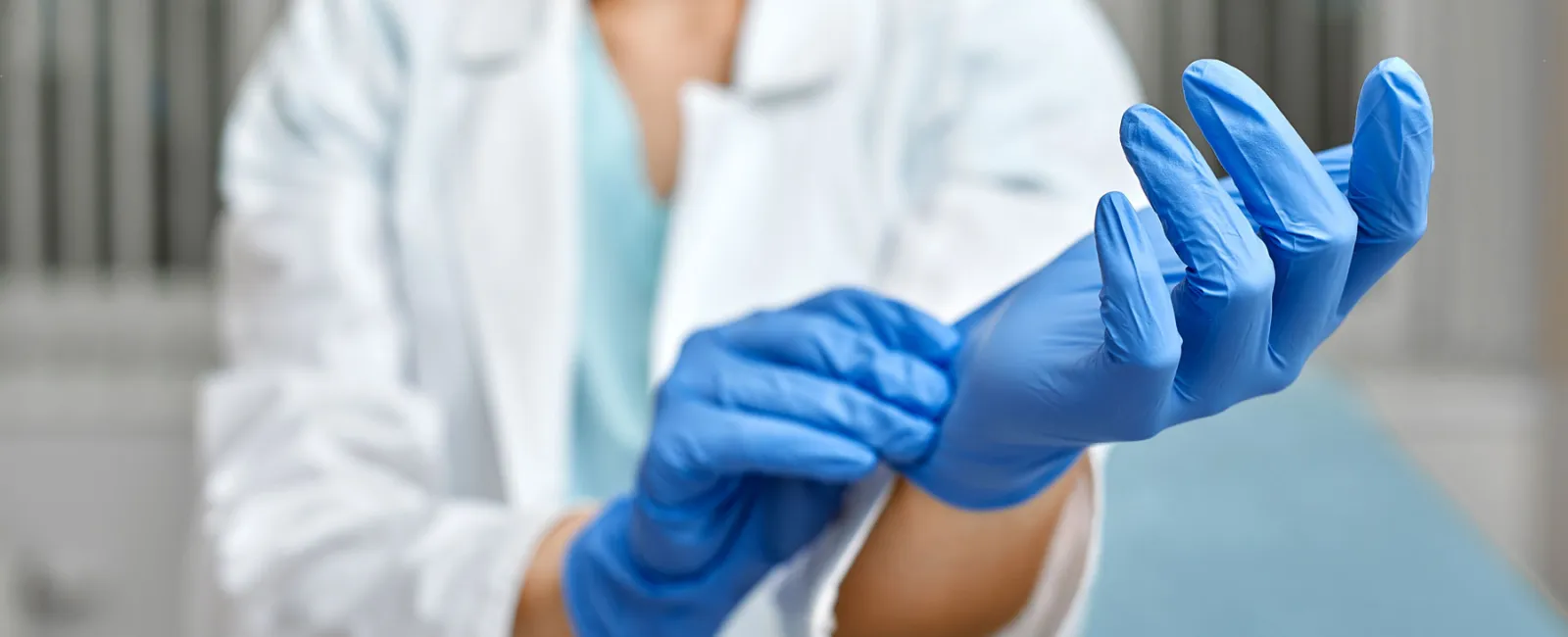OSHA Precautions: Ensuring OSHA-Approved Safety in Healthcare Settings
As a healthcare professional, ensuring the safety of both patients and yourself is of utmost importance. The Occupational Safety and Health Administration (OSHA) has established standard precautions to minimize the risk of exposure to hazardous materials and prevent workplace injuries. Let's discuss various aspects of OSHA regulations precautions, including Personal Protective Equipment (PPE), respiratory protection, bloodborne pathogens, sharp safety, and the significant role Healthcare Compliance Pros (HPC) can play in ensuring adherence to these precautions.

OSHA Approved Personal Protective Equipment (PPE)
Personal Protective Equipment (PPE) is essential to OSHA standard precautions. In healthcare settings, PPE includes gloves, masks, gowns, eye protection, and face shields. These protective items act as a physical barrier between healthcare workers and potential sources of infection, minimizing the risk of exposure. Identify the appropriate PPE for each task and ensure proper use and disposal.
Gloves, one of the most commonly used PPE, serve as a barrier against contamination from blood, bodily fluids, and hazardous chemicals. Masks and respirators provide respiratory protection by filtering out airborne particles and infectious agents. Gowns, eye protection, and face shields protect against splashes, sprays, and droplets that may contain infectious material. Get training and follow proper protocols for wearing, handling, and disposing of PPE to ensure its effectiveness.
Respiratory Protection
Respiratory protection guards healthcare workers from inhaling harmful airborne substances, such as particulates, aerosols, and infectious agents. Respirators, like N95 masks, filter out these contaminants. Always use proper respiratory protection, especially in situations with a higher risk of airborne transmission, such as during procedures that generate aerosols.
To ensure the effectiveness of respiratory protection, healthcare workers must receive proper training on how to wear, fit, and remove a respirator correctly. Perform a seal check to ensure a proper fit and follow the recommended guidelines for replacement frequency. Regularly maintain and inspect your respiratory protection equipment to ensure it remains in good working condition.

Bloodborne Pathogens
Healthcare professionals risk exposure to bloodborne pathogens, such as HIV, Hepatitis B, and Hepatitis C, which can be transmitted through contact with contaminated blood or body fluids. OSHA's Bloodborne Pathogens Standard requires healthcare facilities to implement measures to prevent exposure and protect employees.
Organizations must provide comprehensive training on bloodborne pathogens, including information on modes of transmission, symptoms, and prevention methods. They must also develop and implement an exposure control plan that identifies tasks and procedures with potential exposure risks and outlines methods to minimize them.
Use safer medical devices, such as needleless systems and sharps with engineered safety features, as an extra precaution against bloodborne pathogens.
Additionally, healthcare facilities must establish procedures for handling and disposing of potentially infectious materials. Proper labeling, containment, and disposal methods help minimize the risk of exposure. Regular training and compliance audits ensure that employees adhere to these necessary precautions.

Sharp Safety
Sharp safety refers to the precautions taken to minimize the risk of needlestick injuries and other puncture wounds in healthcare settings. Needlestick injuries can expose healthcare workers to bloodborne pathogens. OSHA requires healthcare facilities to have a comprehensive sharps injury prevention program.
A sharps injury prevention program includes using safety-engineered devices, such as retractable needles and needleless IV systems, to reduce the risk of accidental needle sticks. These devices minimize the potential for needlestick injuries during use and disposal. Proper disposal of sharps also plays a crucial role in sharp safety. Sharps containers should be easily accessible, labeled correctly, and regularly emptied and replaced.
Education and training regarding safe handling techniques help ensure sharp safety. Healthcare workers should receive training on proper procedures for using, storing, and disposing of sharps to ensure adherence to best practices.

How Healthcare Compliance Pros Can Help
Healthcare organizations may struggle to comply with complex OSHA standards. Healthcare Compliance Pros (HPC) can play a vital role in assisting you. As healthcare and OSHA compliance experts, we specialize in interpreting complex regulations, implementing effective compliance programs, and providing ongoing training and education. We work closely with healthcare facilities to identify potential compliance gaps, develop strategies, and ensure adherence to OSHA standard precautions.
HPC can conduct comprehensive risk assessments to identify potential hazards and develop tailored compliance programs. We assist in developing policies and procedures that align with OSHA standards, conduct employee training on standard precautions, and provide ongoing support to ensure consistent compliance. By regularly monitoring and auditing practices, we help organizations identify areas for improvement and implement corrective action.
Moreover, HPC stays updated on changes to regulations and best practices, ensuring organizations remain compliant with evolving standards. We also guide inspections and investigations, helping healthcare facilities navigate regulatory challenges and mitigate potential risks.
Adhering to OSHA standard precautions is crucial for maintaining a safe healthcare environment. Personal Protective Equipment, respiratory protection, bloodborne pathogen precautions, and sharp safety measures all contribute to ensuring the well-being of healthcare workers. By working with HPC, organizations can navigate the complexities of compliance, reduce the risk of workplace injuries, and maintain a culture of safety.
Remember, compliance takes collaboration and requires ongoing attention and dedication. Complying with OSHA standard precautions protects healthcare workers and enhances the overall quality of patient care. Prioritizing safety is a shared responsibility that benefits everyone involved.
Request your consultation with HPC today and take proactive steps towards maintaining a compliant and safe healthcare environment.

